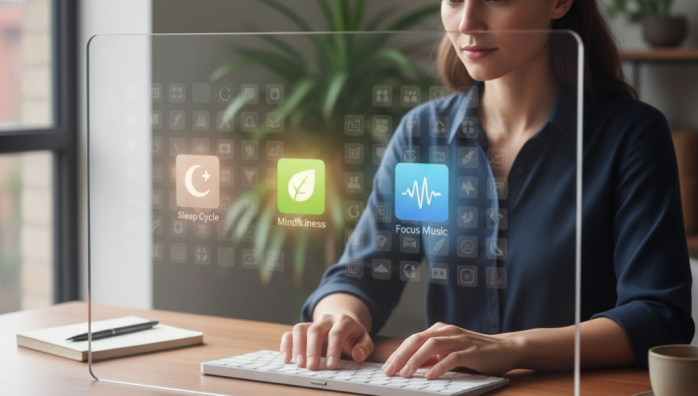Simplifying Your Digital App Ecosystem
by admin in Productivity & Tools 9 - Last Update November 20, 2025

I used to treat my phone and laptop like a trophy case for productivity apps. A new to-do list? Downloaded. A fancy new note-taker? Installed. A habit tracker with a slightly different interface? You bet. My digital life was a sprawling, chaotic city of single-purpose tools, and honestly, I was spending more time managing the apps than doing the actual work. It was exhausting, and my focus was in pieces.
The great app audit: my turning point
The moment of clarity came when I scrolled through five pages of apps on my phone and realized I hadn\'t opened 80% of them in months. They were just digital clutter, creating noise and a low-grade sense of anxiety. I decided right then to perform a ruthless audit. It wasn\'t about finding the \'perfect\' app; it was about finding my essential few.
My process was simple but effective. For every single application, I asked myself three questions:
- Does this app have a clear, essential purpose in my daily workflow?
- Do I have another app that already does this, perhaps even better?
- Have I used this with intention in the last 30 days?
If the answer to any of these was a clear \'no\', the app was deleted. No remorse, no \'what ifs\'. It felt like a massive weight was lifted. I must have deleted over 50 apps in that first session alone.
Finding my core \'do-it-all\' tools
After the great purge, I was left with a handful of applications. What I noticed was a pattern: the survivors were not the flashy, single-use apps. They were the versatile, powerful platforms. My core system boiled down to a powerful notes app that could also handle tasks, a dedicated calendar, and a communication tool for work. That was it.
Why consolidation was my biggest breakthrough
I realized I didn\'t need a separate app for habits, another for journaling, and a third for quick notes. My primary note-taking application could handle all of that with a bit of simple organization. Consolidating these functions into one place was a revelation. It reduced context switching to almost zero. My brain no longer had to remember where a specific piece of information lived; it was all in one trusted system. This has been the single biggest boost to my productivity and digital peace of mind.
The one-in, one-out rule for digital hygiene
To prevent the clutter from creeping back in, I adopted a simple rule from the world of physical minimalism: one-in, one-out. Before I even consider downloading a new application, I have to justify its existence. It must be significantly better than a tool I already use, and if I install it, I must delete the app it replaces. This simple discipline has kept my digital ecosystem lean and effective for years.
Simplifying my app ecosystem wasn\'t about deprivation. It was about intentionality. By curating a small, powerful set of tools, I reclaimed my focus and mental energy. The digital world is designed to distract you with endless new options, but I\'ve found that real productivity lies in choosing less, but choosing better.














